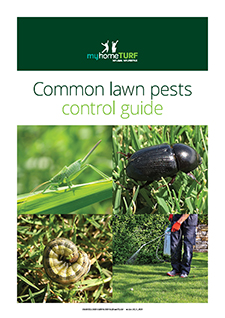How to Control Chafer Grubs in Your Lawn
Chafer Grubs are the larvae of different types of Scarab and Cockchafer Beetles, which live in the soil and feed on plant roots. The most damage is caused by final stage ...

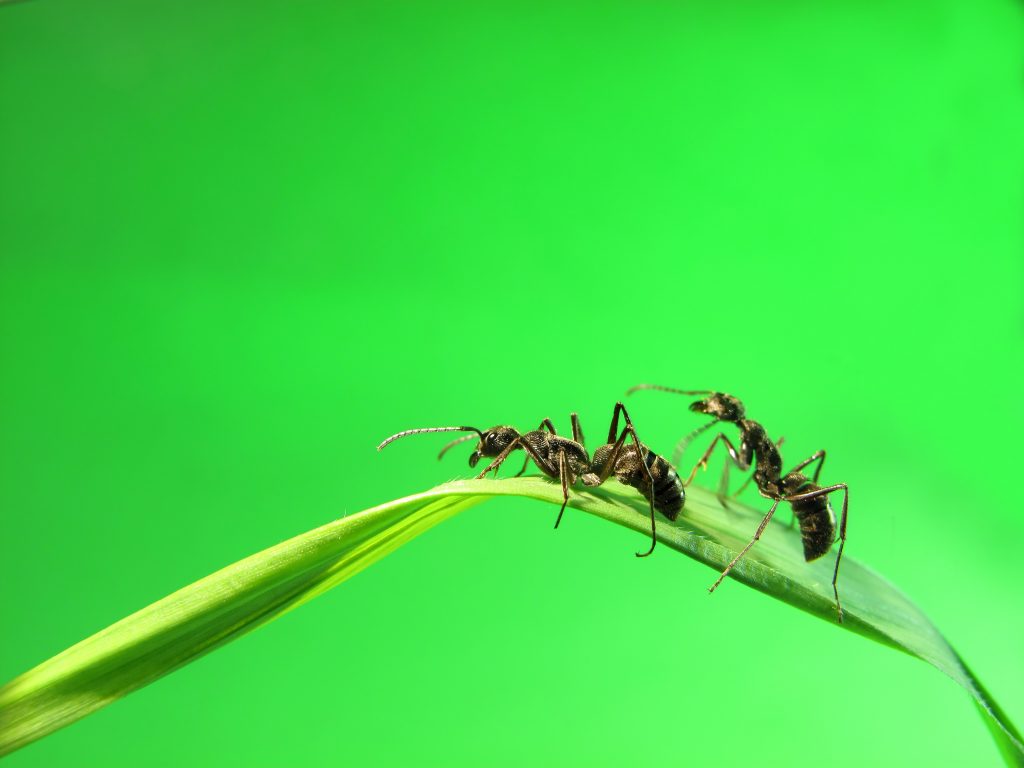 Ants can be quite destructive to all lawn types once their numbers are out of control, digging tunnels and leaving mounds of dirt on your lawn.
Ants can be quite destructive to all lawn types once their numbers are out of control, digging tunnels and leaving mounds of dirt on your lawn.
They can also damage paving and other areas around the home, and become a nuisance indoors.
Controlling Ants is not easy, but it is possible using a combination of different methods.
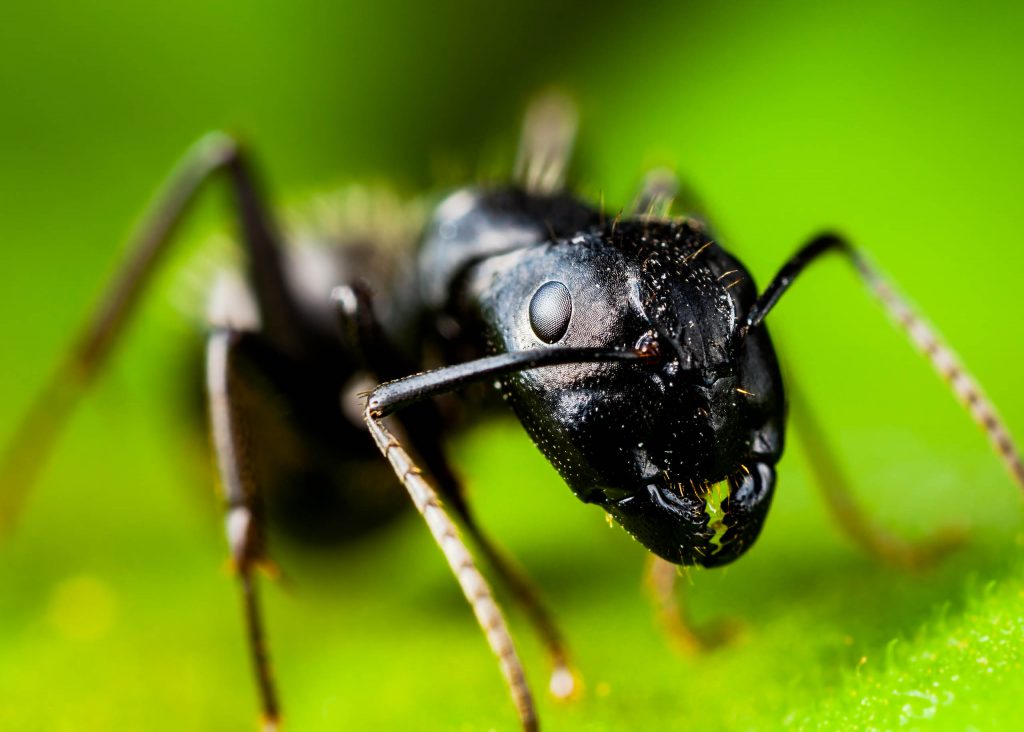 There are more than 10,000 Ant species in the world, 4000 of them in Australia, but usually only a hand full that are pests.
There are more than 10,000 Ant species in the world, 4000 of them in Australia, but usually only a hand full that are pests.
Ants are small social insects that live in permanent colonies, which are often underground.
They are usually red, brown or black, have three distinct body segments, six legs and elbowed antennae that are used to smell food and trails of chemical signals left by other ants.
It can take six weeks or more for eggs to develop into adults, and the life span of Ants can range from a few weeks to several years.
They’re important predators and scavengers, consuming dead animals and insects, pollinating flowers and aerating the soil.
But Ants become pests when they nest in and around gardens and buildings, bite or sting humans and animals, and invade lawns and homes in search of food.
Signs of damage include dry looking and dead patches of grass, and small piles of dirt sitting on top of your lawn.
The first step is to identify any nests around your property. Look under rocks, logs and other debris, and along paths, driveways and between pavers.
You can sprinkle bait granules around the outside of the undisturbed mound, or break it open with a stick or garden implement and pour your chosen treatment into the nest.
Ants are at their most aggressive when their nests are disturbed, and can quickly deliver a painful bite or sting, so wear protective gear and be prepared to move fast.
Once you’ve located and treated all the nests, use a barrier spray or gel to stop Ants from getting into the house where they can make a new nest.
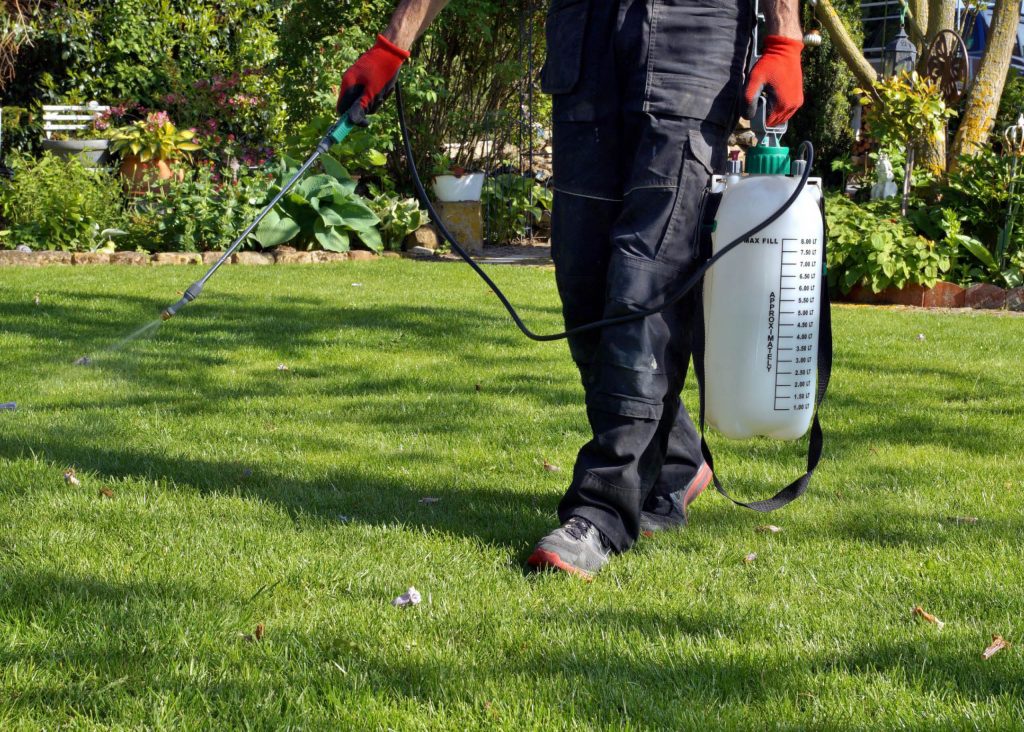 Always read the product label before use and follow the safety instructions and directions for application.
Always read the product label before use and follow the safety instructions and directions for application.
Wear gloves and avoid contact with the eyes.
Products containing the active ingredient Beta-Cyfluthrin can be applied using a watering can or garden sprayer to a lightly watered, recently mown lawn. Afterwards, water in the spray with the equivalent of 12mm of rainfall.
Barrier gels containing the active ingredient Indoxacarb can be dotted around the nest entrance and along Ant trails. Reapply when all gel spots are gone if Ant activity continues.
Products containing the active ingredient Fipronil provide long-term residual control and are available as dust, granules, liquid sprays or barrier gels.
They can be poured into a nest or spot applied to the nest entrance or mound and where Ants are active away from the nest.
This includes trails and potential entry points in outdoor areas, retaining walls, fences, garden beds and sheds.
If the problem is bigger than that, Fipronil sprays should be applied evenly over the turf at the first sign of activity and immediately watered in with the equivalent of 6mm of rainfall.
Spraying is recommended in October or November, and can be repeated in January or February if needed.
Fipronil sprays should not be used more than twice a year or on indoor surfaces.
Barrier sprays containing the active ingredient Lambda-Cyhalothrin can last for up to 90 days outdoors and 12 months indoors.
They should be sprayed around door entrances, window sills, skirting boards, cornices, inside cupboards, behind sinks, stoves, refrigerators and other fixtures, and into cracks and crevices where crawling insects can hide.
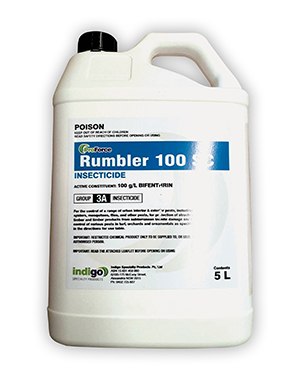
Indigo Rumbler 100SC 5L is an effective broad-spectrum liquid insecticide for controlling Ants and many other insects. It is suitable for use on Zoysia, Kikuyu, Couch and Buffalo grasses.
SHOP NOW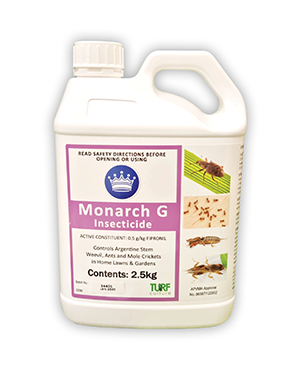
Monarch G 2.5kg is an active constituent insecticide for the control of Ants and many other insects. It is suitable for use on Zoysia, Kikuyu, Couch and Buffalo grasses.
SHOP NOWFollow the instructions on the product label and avoid applying insecticides in conditions when spray drift can occur.
Don’t apply insecticide around edible or flowering plants – it is highly toxic to Bees for several days after application – and do not allow animals to graze treated grass or feed lawn clippings from treated areas to poultry or livestock.
Keep people and pets away from the treated area until the spray has dried.
Products containing the active ingredient Fipronil can take 24-36 hours to kill Ants that eat or come into contact with it, but those Ants will often take food sprayed with it back to the nest where it affects others.
These insecticides provide long-term residual control for up to 90 days.
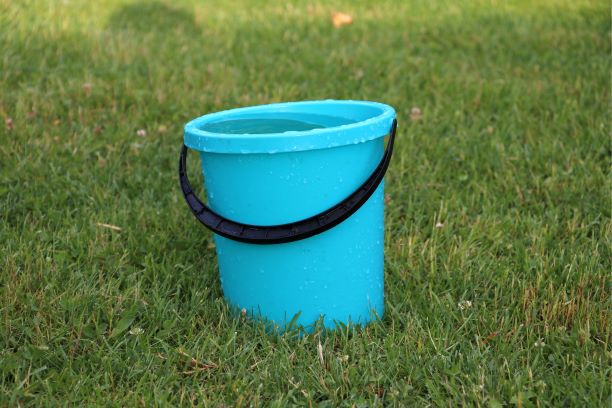 Most products for controlling Ants are highly toxic to insects – the active ingredient Fipronil is banned in agriculture in Europe and the United States to protect Honey Bees, but is not dangerous to humans and its use is still legal in Australia.
Most products for controlling Ants are highly toxic to insects – the active ingredient Fipronil is banned in agriculture in Europe and the United States to protect Honey Bees, but is not dangerous to humans and its use is still legal in Australia.
But there are numerous natural methods of killing and repelling ants, many relying on the fact they don’t like strong odours.
The simplest of all is boiling water, which can be poured into a hole in the centre of the nest and repeated as necessary. Be aware that boiling water will cause damage to any plant it comes into contact with, including your lawn.
Homemade sprays containing dishwashing detergent and vinegar, or olive oil can be used to control Ants in your lawn, but watch out for discolouration of the treated area.
For indoor use, keep a small bowl on the kitchen bench of strong-smelling herbs such as cinnamon, mint, black pepper or garlic.
Or dilute a couple of drops of essential oil (try patchouli, peppermint, vetiver, orange or cedarwood) into water and vodka and pour into a spray bottle for use on affected areas and wherever you see ants.
There’s more information about managing common pests in your lawn here, and you can browse our range of lawncare products from leading brands at myhomeTURF’s online store.
Sign up for our Newsletter to receive your free guide.
